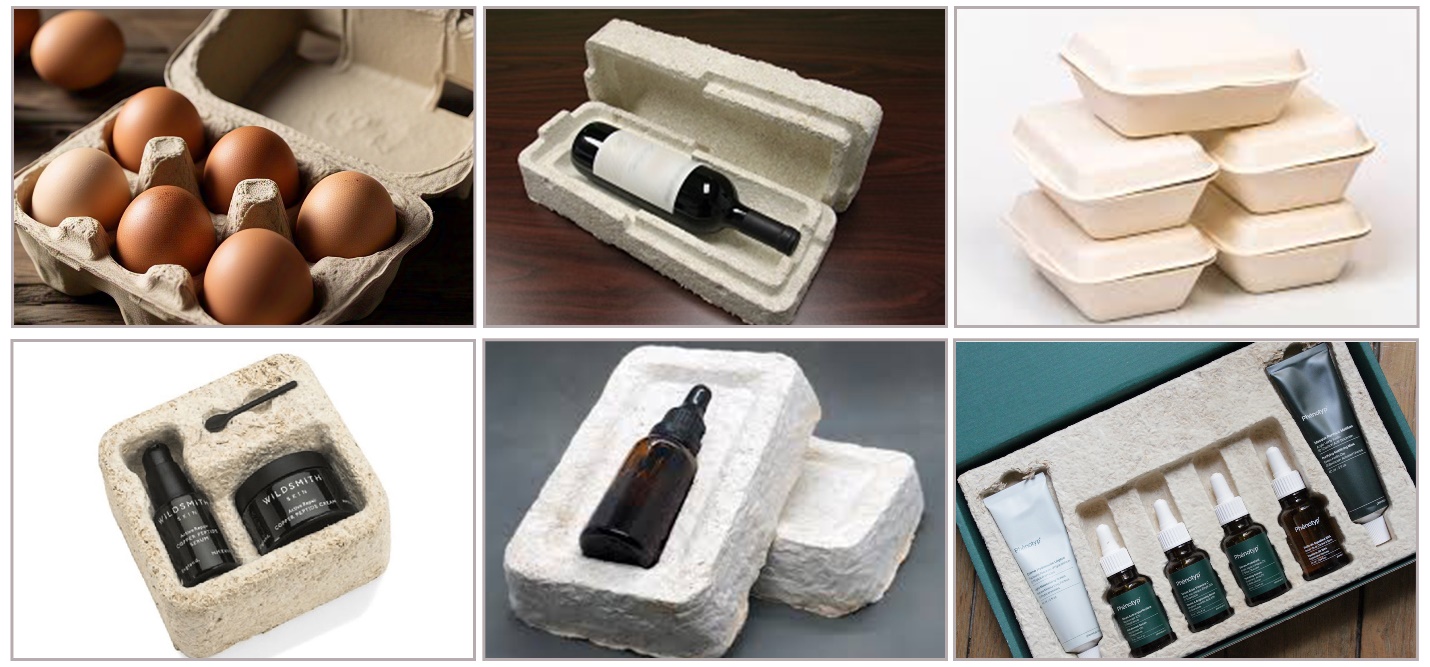

Mycelium Packaging: Nature's Answer to the Plastic Crisis.

Mycelium packaging is emerging as a promising innovative and eco-friendly alternative to traditional plastics and other non-biodegradable materials, addressing the pressing environmental issue of plastic waste. Mycelium is derived from the vegetative part of fungi (underground root system of fungi, consisting of a network of thread-like structures called hyphae), and it can be cultivated on agricultural substrates, forming biodegradable composites that offer a sustainable solution to non-biodegradable materials like polystyrene [1], [2]. The natural material can also be cultivated into specific shapes for packaging purposes. Mycelium packaging is fully biodegradable, carbon-neutral, non-toxic, renewable, and produced through a zero-waste process, making it a compelling alternative to petroleum-based packaging options.
Mycelium-based composites (MBCs) are not only lightweight and biodegradable but also exhibit properties comparable to low-density polyurethane foam, making them suitable for packaging applications [2]. The rapid growth and self-assembling nature of mycelium allow for the efficient production of robust materials, which can be tailored to meet specific mechanical and physical requirements through the selection of fungal species and growth substrates [3], [4]. Additionally, mycelium's ability to utilize agricultural and biological waste as substrates further enhances its sustainability, contributing to waste remediation and reducing environmental impact [1].
Mycelium is mainly used for packaging; Protective packing for fragile items (e.g. Electronics, glassware), Food packaging (e.g.egg cartons, trays), and Industrial uses such as insulation materials and sustainable building blocks. The versatility of mycelium extends beyond packaging, with potential applications in cosmetics and oil sorbents, demonstrating its multifunctional capabilities [5].
Traditional packaging materials like plastics pose significant environmental challenges, taking hundreds of years to decompose. By adopting mycelium packaging, we can drastically reduce landfill waste and marine pollution while decreasing reliance on fossil fuels. This shift aligns with global sustainability goals, particularly SDG 12: Responsible Consumption and Production.
Despite these advantages, challenges such as scaling production to meet industrial demands and competing costs with traditional plastics, public acceptance, and market entry barriers remain,necessitating further research and development to optimize mycelium-based products for widespread adoption [4]. However, there is growing interest from businesses and governments in integrating mycelium into a circular economy. As technology advances and consumer demand for sustainable products increases, mycelium has the potential to become a cornerstone of eco-friendly packaging solutions.
Mycelium packaging represents a significant step towards sustainable material innovation, offering a viable alternative to mitigate the environmental crisis caused by plastic waste [1], [3]. It calls for collective action from governments, businesses, and consumers to embrace innovative materials like mycelium in the fight against the plastic crisis. By prioritizing sustainable alternatives, we can make significant strides toward a healthier planet.
Authors: Luckman Aborah Yeboah*, Samuel Osei-Amponsah, Wolalorm Makafui Zudor.
References
[1]J. Y. Patel and J. Sharma, “Alternative applications of mushroom mycelium for environmental sustainability: opportunities, challenges and future perspective,” Mushroom Res, vol. 32, no. 2, pp. 99–113, Dec. 2023, doi: 10.36036/MR.32.2.2023.141696.
[2]P. Sratong-On, K. Puttawongsakul, and N. Kantawee, “Physical and Mechanical Properties of Indian Oyster Mushroom Mycelium/Sawdust Composites for Biodegradable Packaging Materials,” Curr Appl Sci Technol, vol. 25, no. 2, pp. e0262650–e0262650, Jan. 2025, doi: 10.55003/CAST.2024.262650.
[3]C. Madusanka et al., “A review of recent advances in fungal mycelium based composites,” Discover Materials , vol. 4, no. 1, pp. 1–19, Dec. 2024, doi: 10.1007/S43939-024-00084-8/FIGURES/5.
[4]H. Le Ferrand, “Critical review of mycelium-bound product development to identify barriers to entry and paths to overcome them,” J Clean Prod, vol. 450, p. 141859, Apr. 2024, doi: 10.1016/J.JCLEPRO.2024.141859.
[5]A. Zhao et al., “Fungal Innovation: Harnessing Mushrooms for Production of Sustainable Functional Materials,” Adv Funct Mater, vol. 35, no. 2, p. 2412753, Jan. 2025, doi: 10.1002/ADFM.202412753.
Comments
Excellent work done. When one reads it, he's immediately hit by the amount of work that went into the piece. Very informative.
3 months ago